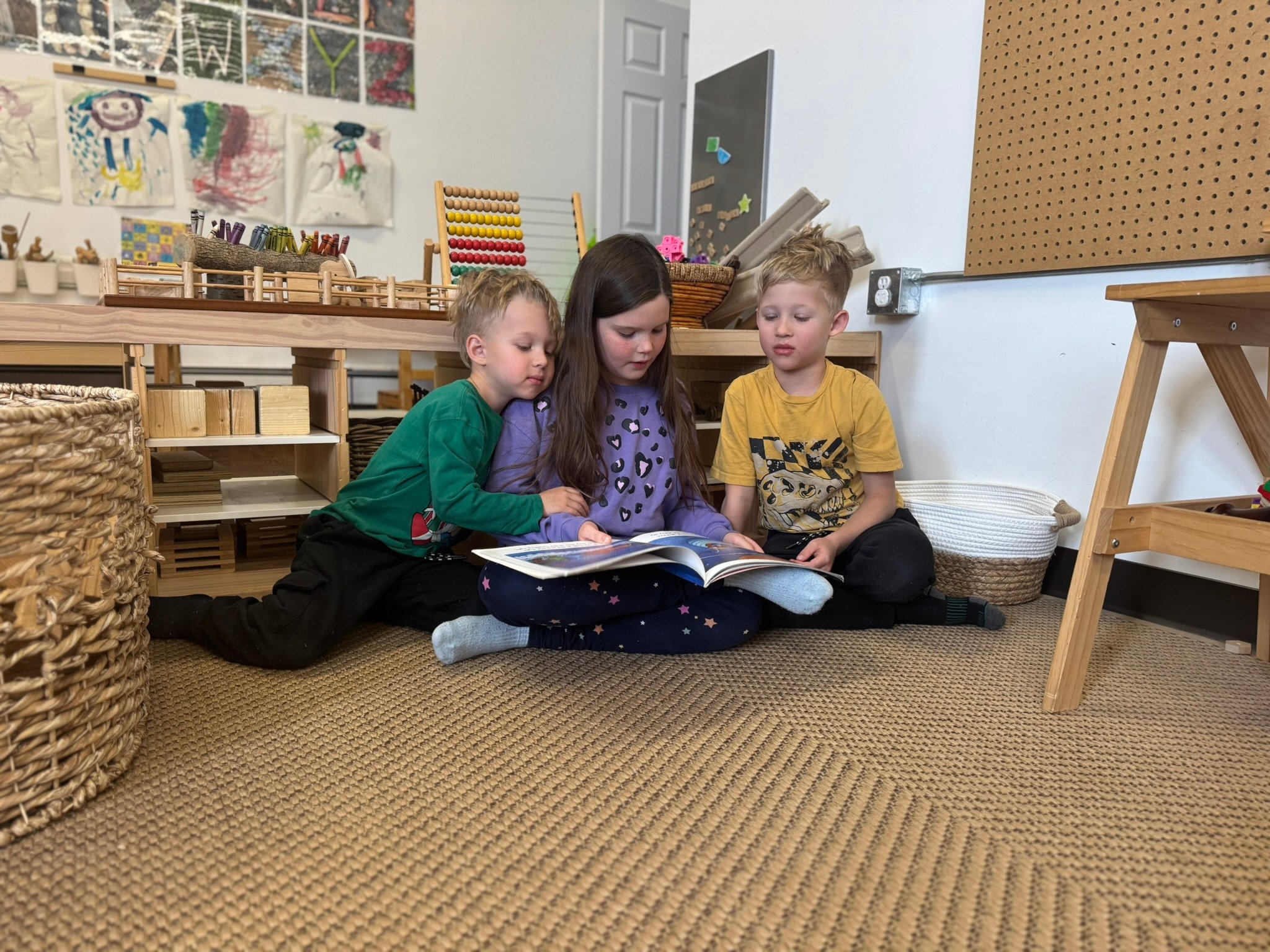
Why Multi-Age Classrooms Help Children Thrive: A Village Approach to Learning
At The Village Schoolhouse, we believe children learn best in environments that feel natural and connected. That is why we group students in multi-age classrooms, where learning happens in community rather than isolation. This approach reflects how children grow in real life, surrounded by siblings, cousins, friends, and neighbours of different ages.

Montessori vs. Reggio Emilia: Which Philosophy is Right for Your Child?
When searching for the best educational approach for your child, Montessori and Reggio Emilia are two philosophies that often stand out. Both are child-centered, focusing on independence, creativity, and hands-on learning, but they take different approaches to achieving these goals.

Designing Learning Spaces with Purpose and Beauty
At The Village Schoolhouse, we believe that the learning environment plays a crucial role in a child’s development. Inspired by the Reggio Emilia philosophy, we see our classrooms not just as spaces for instruction but as a “third teacher” that complements the work of educators and peers. Every corner of our school is intentionally designed to foster curiosity, creativity, and collaboration while reflecting the beauty and purpose that make learning truly inspiring.

The History of Reggio Emilia: A Philosophy for Today’s Learners
The Reggio Emilia philosophy has its roots in post-World War II Italy, but its principles are more relevant than ever in the modern world. This child-centered approach to education was born out of a deep desire to create a better future—one where children are empowered to think critically, collaborate, and thrive as lifelong learners.

Applying the Reggio Emilia Philosophy to Older Students
Applying the Reggio Emilia philosophy to older students, such as those in Grade 4 and above, requires adapting its core principles to fit their developmental needs, interests, and capacity for abstract thinking. Here's how we do it at The Village Schoolhouse.